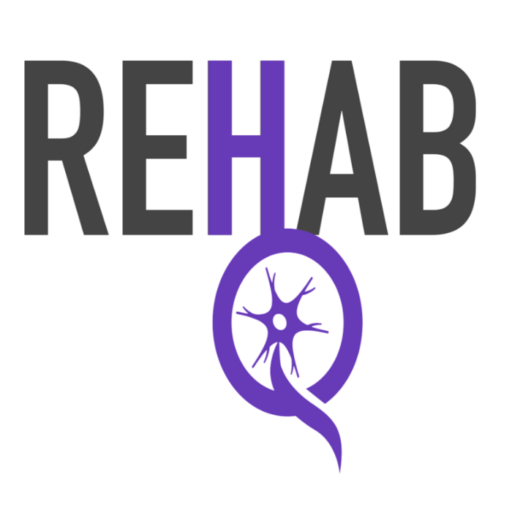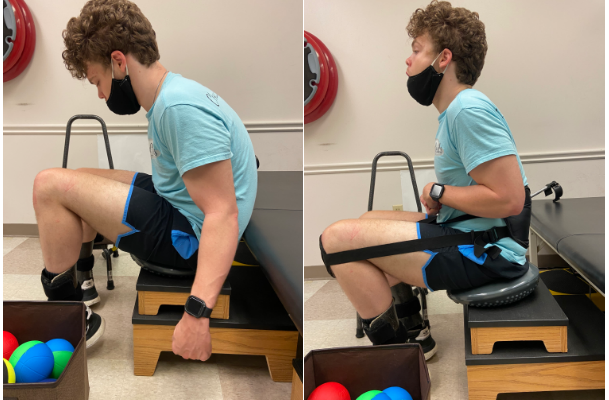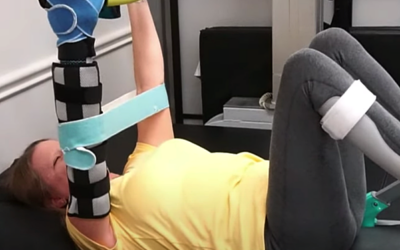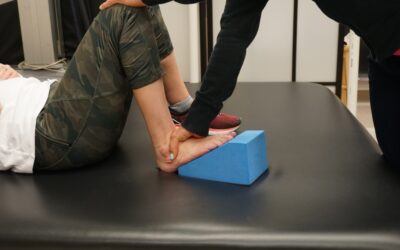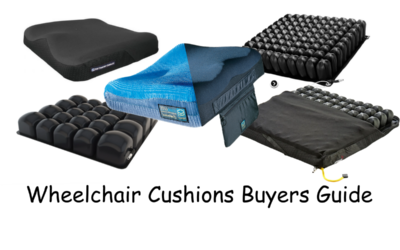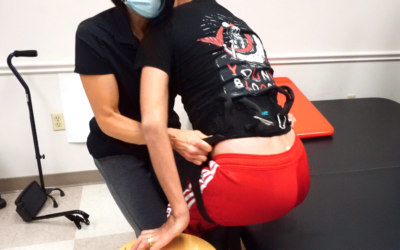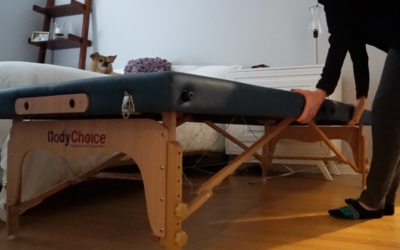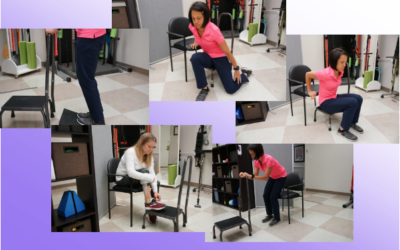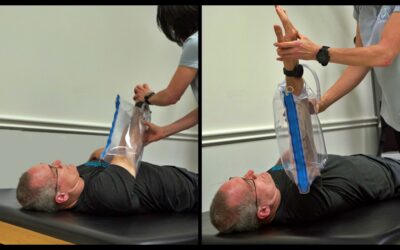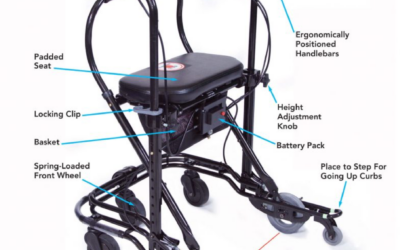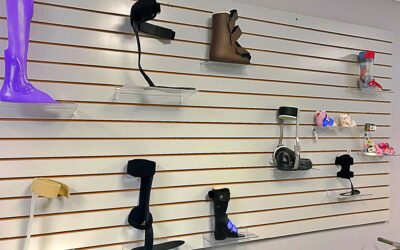Better posture means better arm rehabilitation. Period. Said another way, proper trunk alignment is essential for efficient arm movement. However, in most cases, hemiparesis (weakness on one side of the body), paraparesis (weakness on the lower half of the body), and a variety of neurologic conditions (that effect arm and leg movement) cause poor trunk alignment. In turn, this makes regaining arm and leg movement that much more challenging. Enter the Nada Chair. This small piece of “equipment” could be a game changer for seated posture. In turn this will result in more efficient and effective arm rehabilitation. Before I get into all the benefits of the Nada chair, it is worth it to explain a little bit more about postural alignment and the impact it has on arm rehabilitation.
What is normal trunk alignment and how does it improve arm movement?
Normal trunk alignment is when all of the natural curves are present in the spine. More importantly, having proper trunk alignment could be the difference between “some arm movement” and “no arm movement”.
So, what exactly does “correct” trunk alignment look like? From the side, the spine should like an “S” curve. The top of the “S” should be slightly rounded with the “peak” facing toward the back (also knows as kyphosis). The lower half of the “S” should be curved with the “peak” of the curve facing forward (also known as lordosis).
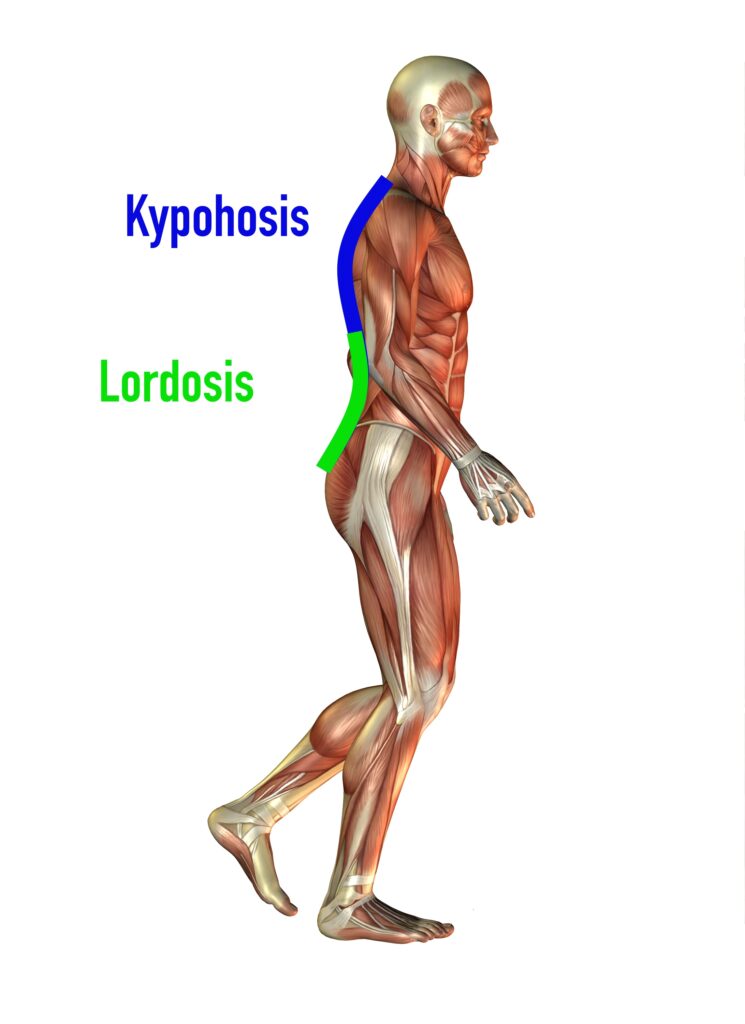
From the front, the trunk should be relatively straight up and down.
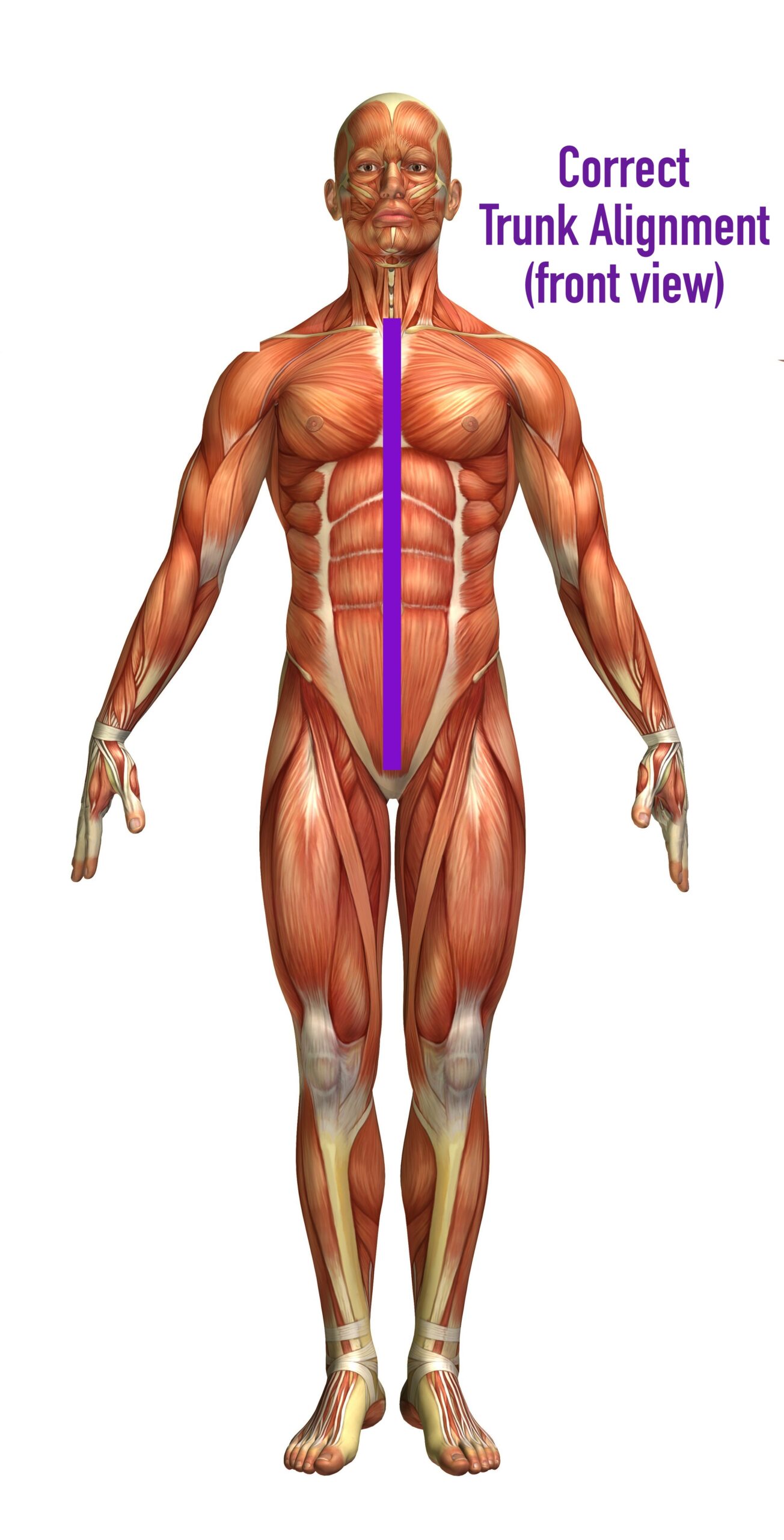
What does poor trunk alignment look like and how does this hurt arm movement?
It is common to see the trunk alignment take on more of a “C” shape versus an “S”. A “C” shape occurs when there is too much kyphosis in the thoracic spine and no lordosis in the lumbar spine. A spine that looks like a “C”, creates two problems. First, a “C” shape or rounded spine puts bones in an “unnatural position”. For example, a rounded spine typically places the shoulder blade (large flat bone on the back of the shoulder) more on top of the shoulder. This will result in the shoulder blade getting in the way of normal shoulder flexion (reaching the arm upward). Second, a rounded trunk decreases the amount of power that a muscle can generate. This problem has to do a muscles length-tension relationship. The length-tension relationship is a concept whereby each muscle has an ideal length where it is capable of generating the most power. Not too long and not too short. When you lose proper trunk alignment, muscles will either be too long or too short and not at their ideal position to generate the most power. No bueno in the early stages of rehab.
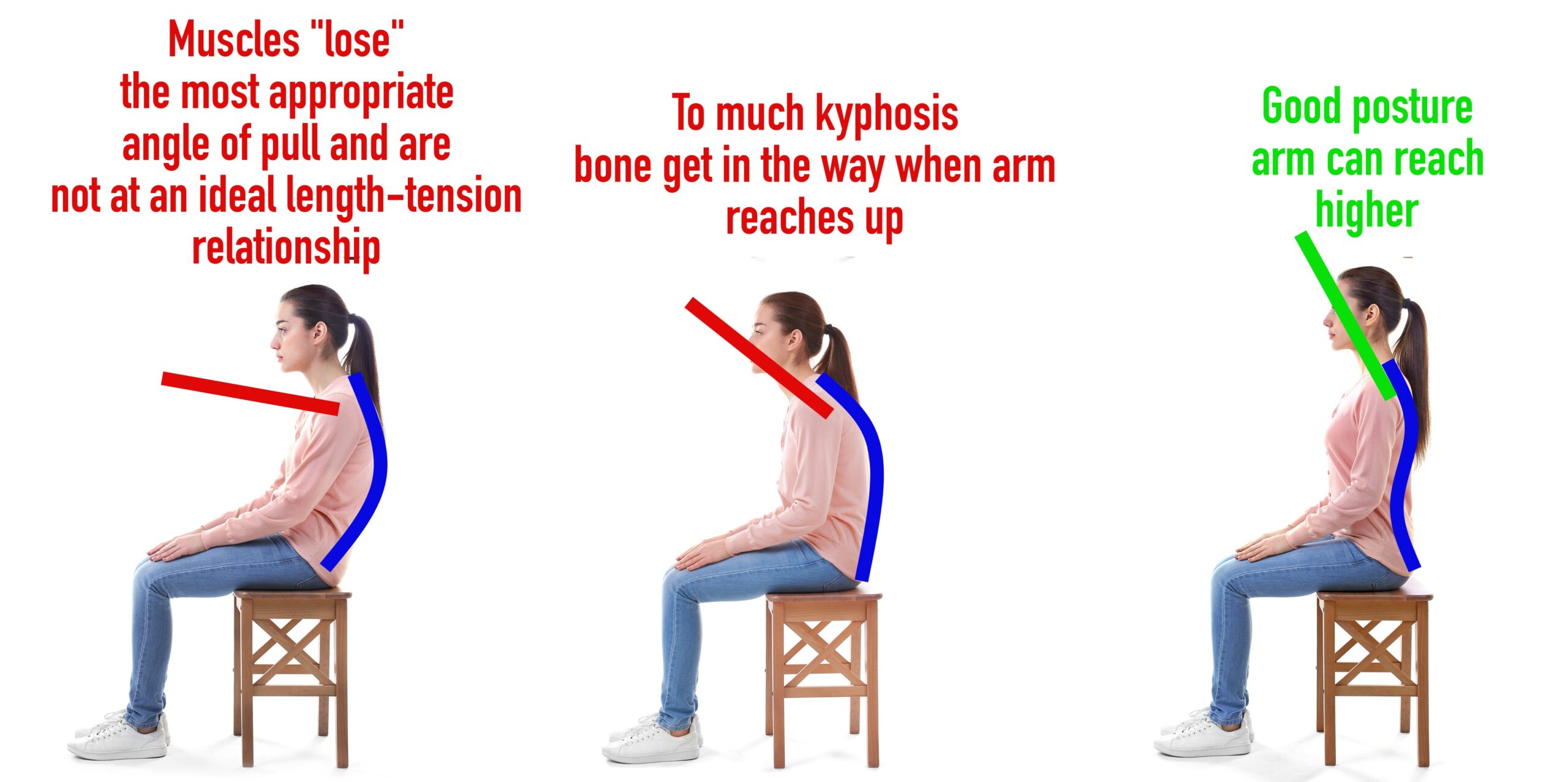
All that being said, it is critical to have proper trunk alignment when performing arm rehabilitation. And yes, I am 100% aware that I am repeating myself. That usually means, it is super duper important. Hence, this latest “installment” in my list of “product recommendations”. Oh, and by the way, for those of you who are new to “my style”. When I pull out the “super duper”, you know I mean business 😉
What is the Nada chair?
The nada chair is a light weight strap that runs along the lower back and pulls the lumbar spine into lordosis. As you can see, this keeps that super nice and necessary lordotic curve in the lower spine. The strap extends down to wrap around the knees providing a counterforce to the back strap.
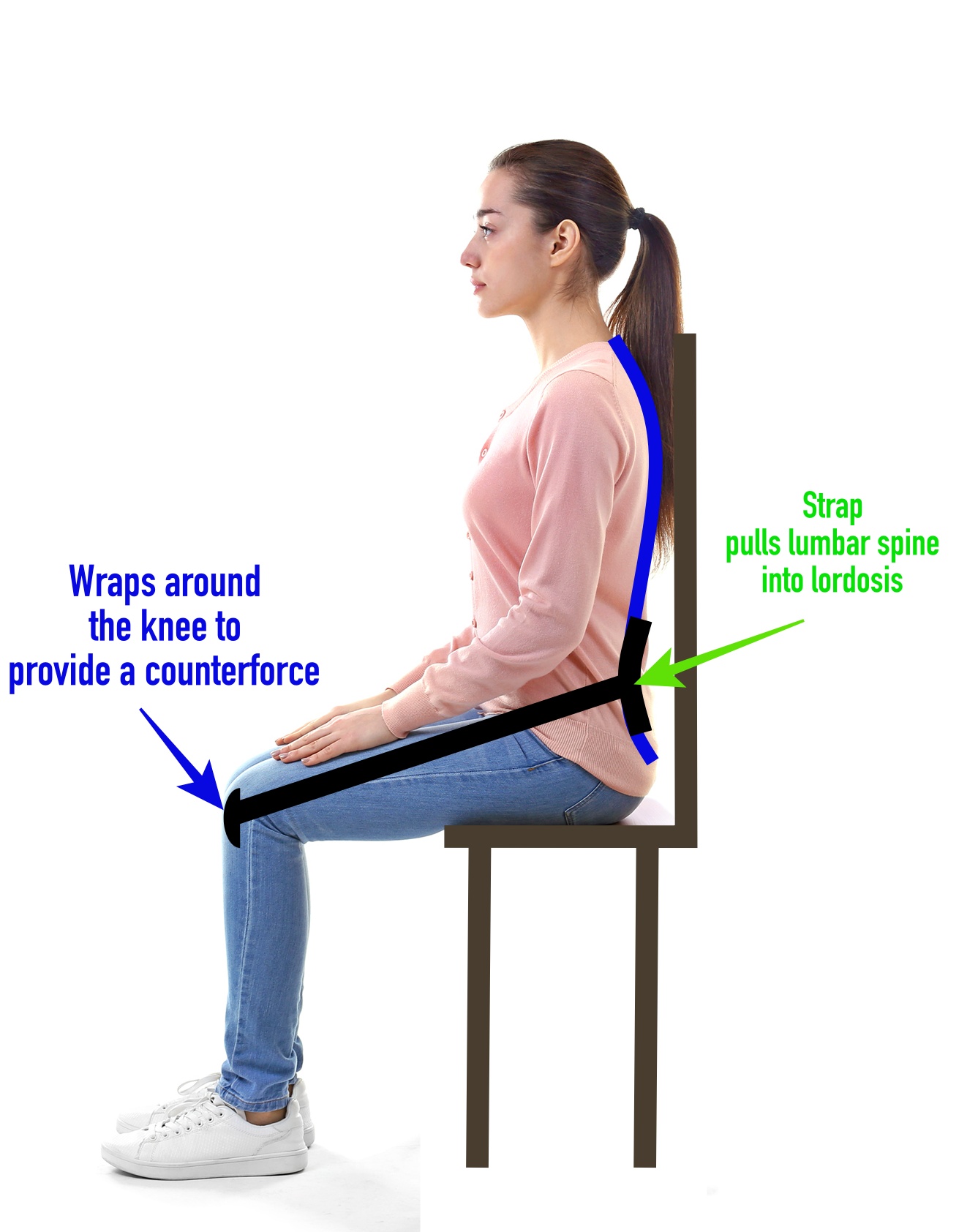
What are the benefits of the Nada chair?
- it is lightweight
- it comes in its own pouch and is easily portable
- provides a counterforce at the knees to prevent sliding forward
Why is the Nada chair better than a lumbar roll?
A lumbar roll must be perfectly positioned at the lumbar spine. Often times, this is hard to do. Whether it is strapped to the back of the chair, or not, it inevitably slides down. Also, in most cases, even if it is positioned correctly, the person has a tendency to just scoot their hips forward in the chair and thus returning to losing that nice lordotic curve in the lumbar spine.
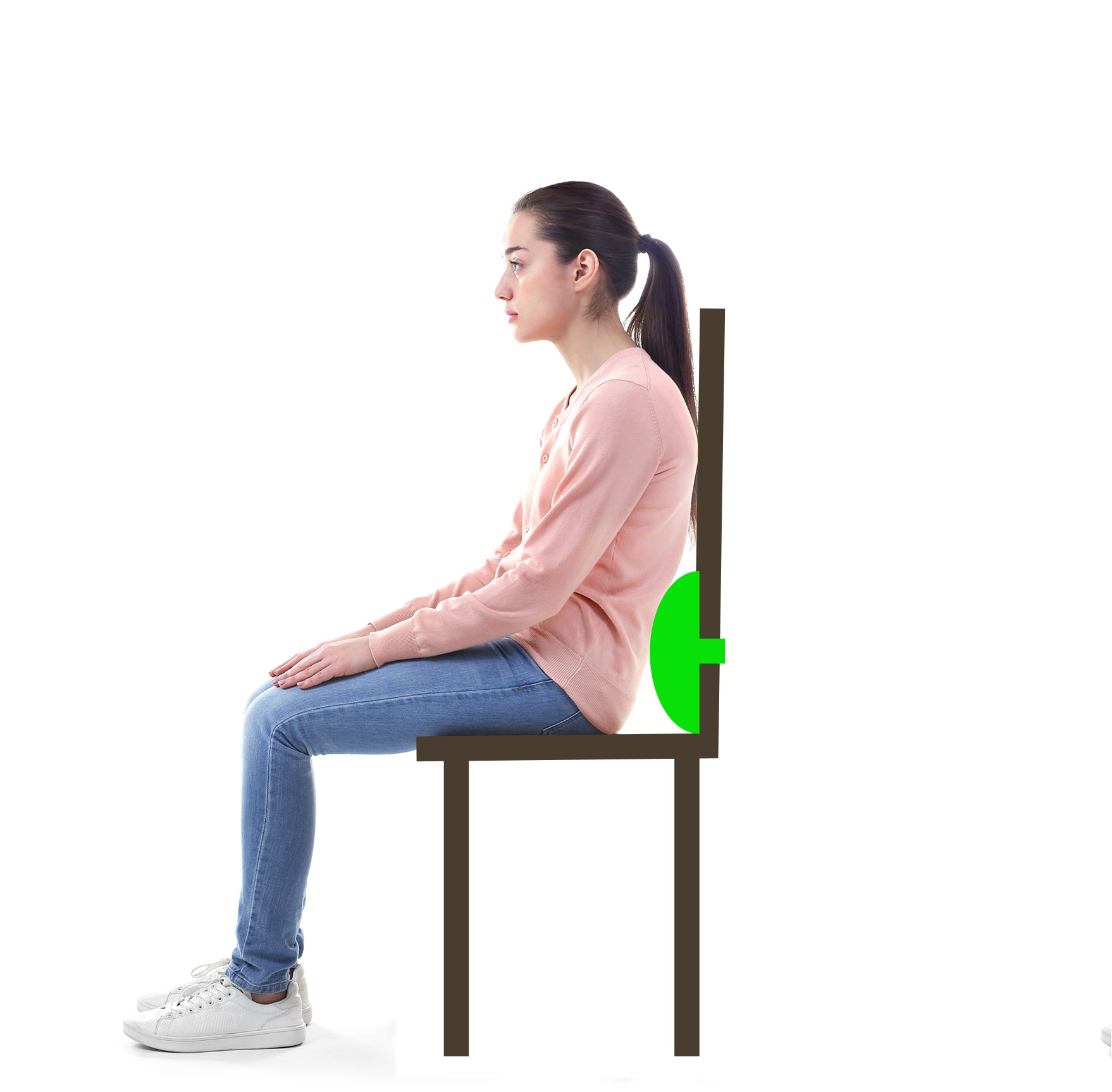
As mentioned above, the Nada chair provides a counterforce at the knees and pretty much eliminates the chances of the person adjusting their position.
Patient sitting without the Nada Chair
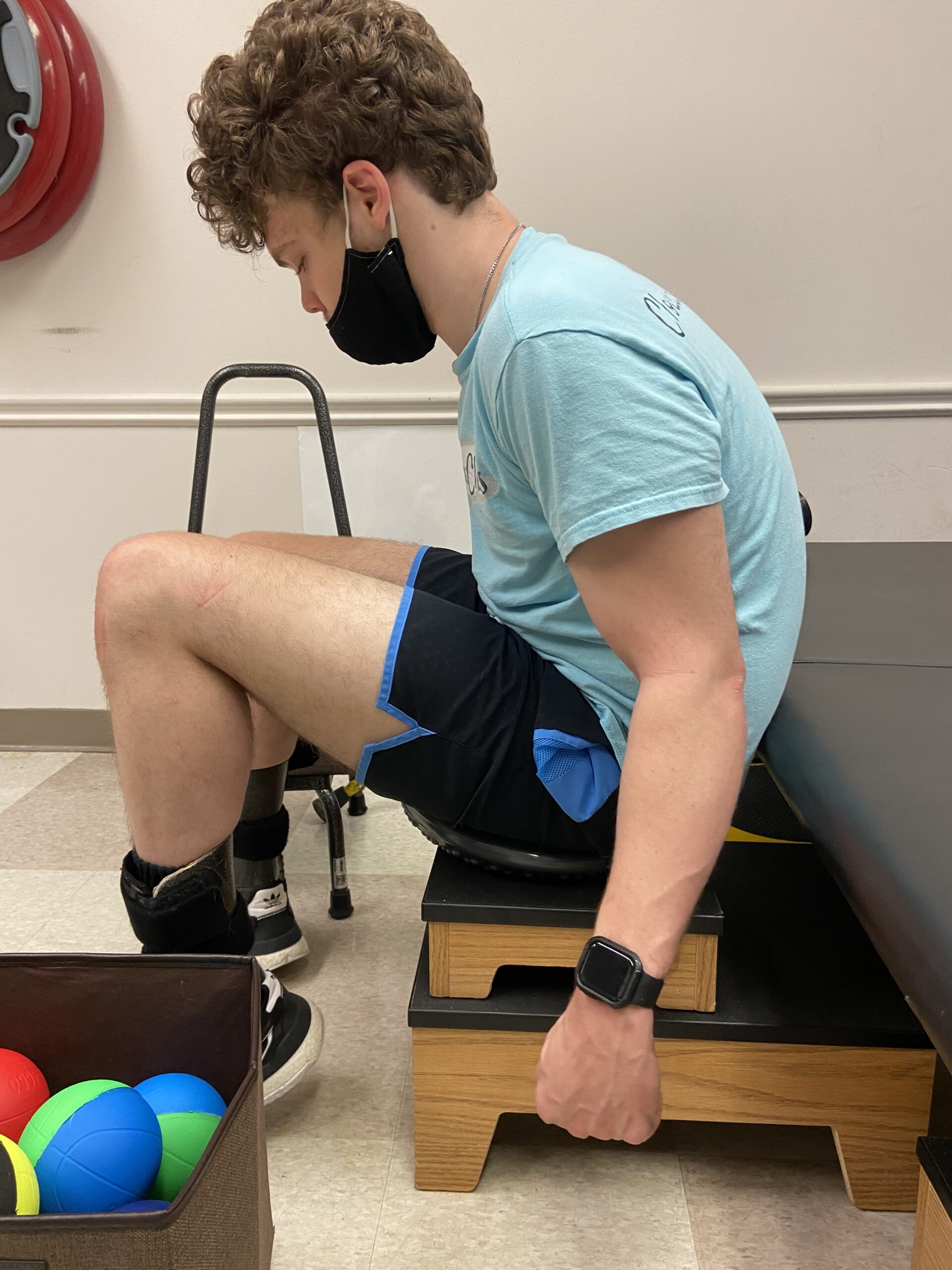
Patient Sitting With the Nada Chair
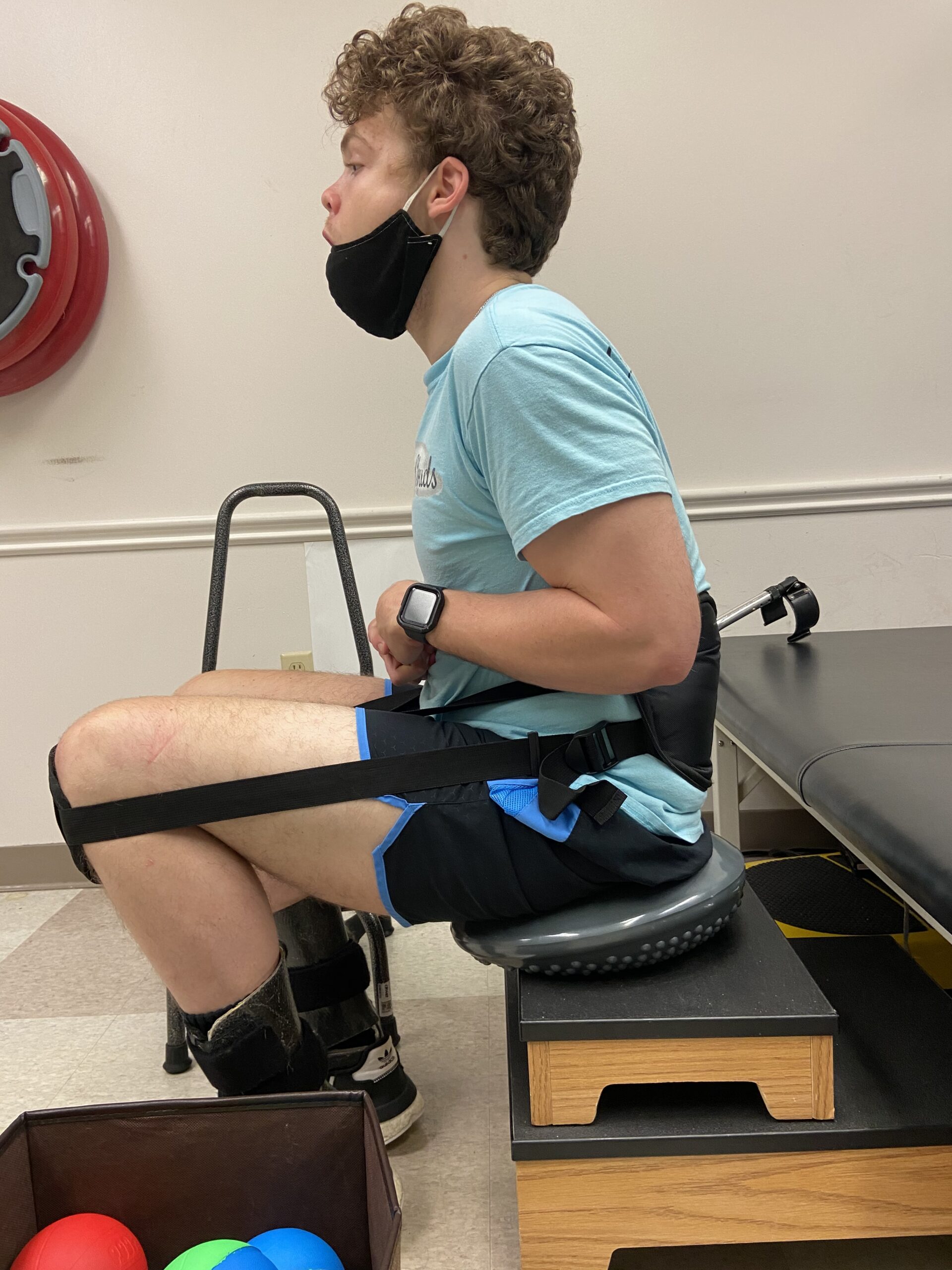
More articles you may be interested in:
Equipment for Stroke Arm Exercises
Products For a Spastic Arm Having the right tools for stroke arm rehabilitation is critical. Especially for those who have spasticity. Spasticity is an involuntary muscle contraction caused by damage to the brain and/or spinal cord. In the arm it can cause...
Foam Wedges: For positioning and more
Positioning/Stretching Foam Wedge This wedge is made of dense foam with a rubber base to keep it from sliding. Uses: It can be used to position the pelvis. It can be placed under the thigh in sitting to stop the leg from rotating outward. It can be used for bridging...
Complete Guide to Buying a Wheelchair Cushion
Wheelchairs are an extremely valuable piece of equipment during the neurologic recovery process. They provide a means of getting around when walking is not safe and/or is not possible. However, they also come with the risk of developing pressure ulcers. Pressure...
Product Spotlight: Best Gait Belt to Improve Standing
A gait belt can be a critical tool to help a loved one relearn the correct way to stand. With the right gait belt, you can also help someone walk in the early stages of neurologic rehab. And that is why gait belts made its way to our latest "product spotlight"....
Stroke Home Exercise Equipment Guide
The home exercises are probably the most important part of a rehabilitation program. That being said, you "traditional exercise equipment" might not be the most appropriate for the exercises that will help to restore normal movement patterns. I have set up many of...
Product Spotlight: A step stool with handle
A step stool with a handle is one of the most seems like an odd piece of "rehab equipment", however, it is truly "worth its weight in gold". It is probably the one itemI can honestly say I use multiple times a day in my clinic. And, rarely as an actual step stool....
Product Spotlight: Stroke Arm Exercise for Spasticity
Spasticity and abnormal movement patterns can make it difficult to perform stroke arm exercise. The Urias air splint can be an invaluable tool to minimize involuntary arm contractions, reduce pain, prevent contractures, and make it one thousand times easier to manage...
Product Spotlight: #1 Walker for Parkinson’s Disease
What is the best walker for Parkinson's disease (PD)? Maybe you are not there yet. Maybe you are hesitant to even approach the idea of a walker. Well, I have you covered. After nearly 20 years of working with people living with PD, I know how you might be feeling. The...
Best Foot Drop Braces
Drop foot is when the muscles that lift the foot are not working properly. Hence, leading to the name, drop foot or foot drop. Needless, to say this can lead to difficulty walking. When I think of someone who has drop foot, my number one concern is the risk of...
Best Tools for Eating after Stroke
Being able to eat and prepare food without help after a stroke can help someone both physically and mentally. That being said, this might be challenging if you only have full use of one hand. Here are my top four picks that might help someone to start the process of...
